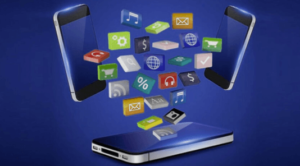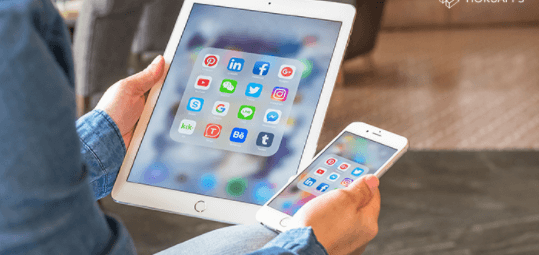Table of Contents
As of 2020, users spent over $72 billion buying apps, paid subscriptions, and paid services from the AppStore. These are impressive statistics. Data from Apple confirms the success and correctness of the company’s policy: the corporation is promoting its own ecosystem of devices, despite established trends. Even with the majority of devices running Android, iOS boasts a target audience with much higher incomes.
The behavioral preferences of the owners of gadgets running Android do not imply the practice of paying for software. Typically, an app author can expect to receive revenue from in-product advertising. While users of Apple devices willingly buy applications and subscribe to a paid subscription.
This fact emphasizes the cost-effectiveness of software for iOS and attracts young developers to use the system as a software environment for deploying and promoting their own products. Therefore, many companies prefer to hire IOS programmer to improve their work.
Applications for Apple devices are highly profitable. The desire to work with a solvent audience attracts many companies to invest in startups running iOS.
High income
The iPhone is not a cheap device. It can be afforded by people with high social status and stable earnings. As a rule, iPhones are bought by businessmen, top managers, executives, which has a positive effect on sales of related software. Promotion in a high-yield niche implies a bigger win in case of launching a relevant application for the market.
Safety
The issue of the security of sensitive data is at the heart of Apple’s policy. iPhone software protects owner data from unauthorized access and any outside intrusion.
Also, the publication of new products in the AppStore network undergoes detailed moderation. The risk of downloading software with a spyware or a virus is practically reduced to zero.
Quality standards
Feature of the target audience of Apple in a high social status. In this regard, software products in the AppStore undergo a detailed check. Before entering the market, the application is tested not only for errors, but also for relevance to consumers.

The company also carefully monitors the security of the software, because many consumers store commercial information on their iPhones.
Markets
Apple sells products in developed countries in Europe and the United States. These are the most prosperous regions of the world. When a developer puts a software product up for sale, he, first of all, goes to a consumer with a high income.
This increases interest in iOS, since users have the opportunity not only to pay for the program one-time but also to subscribe to a paid subscription, which implies a constant income from copyright software.
Economy
When it comes to development time costs, iOS requires a third less development time than an Android app. This is primarily due to the smaller number of devices.
The developer does not need to adapt the application to a large number of devices with a different range of monitors. Moreover, the issue of a limited number of devices has a positive effect on testing, deployment and subsequent promotion.
Apple also practices more transparent update conditions. Changes and documentation on updates are published on the official website, where you can get acquainted with the innovations and features of the updates in detail.
Technically, the development cycle for iOS is shorter, while Android requires a longer period of testing and adaptation of the finished solution. The simplicity and reliability of iOS, paired with a solvent target audience, attract the prospect of getting a high income from the application.
The iOS-led ecosystem has proven itself well in the market of developed countries. Despite the fact that the consumer may encounter difficulties when exchanging data with devices on other operating systems, the advantages of the iPhone fully compensate for the conditional disadvantages.











